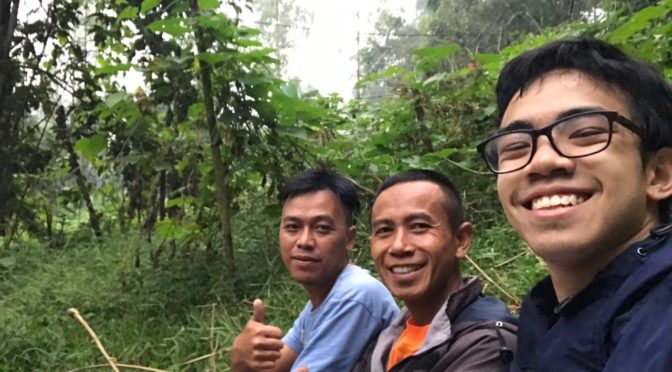According to the Merriam-Webster dictionary, a forester is someone who is trained in forestry. Furthermore, forestry can be defined as the science of developing, caring for, and cultivating forests. It’s obviously more than just about harvesting logs and other forest natural resources, it’s about sustainable forest management, which proves to be a challenge nowadays.
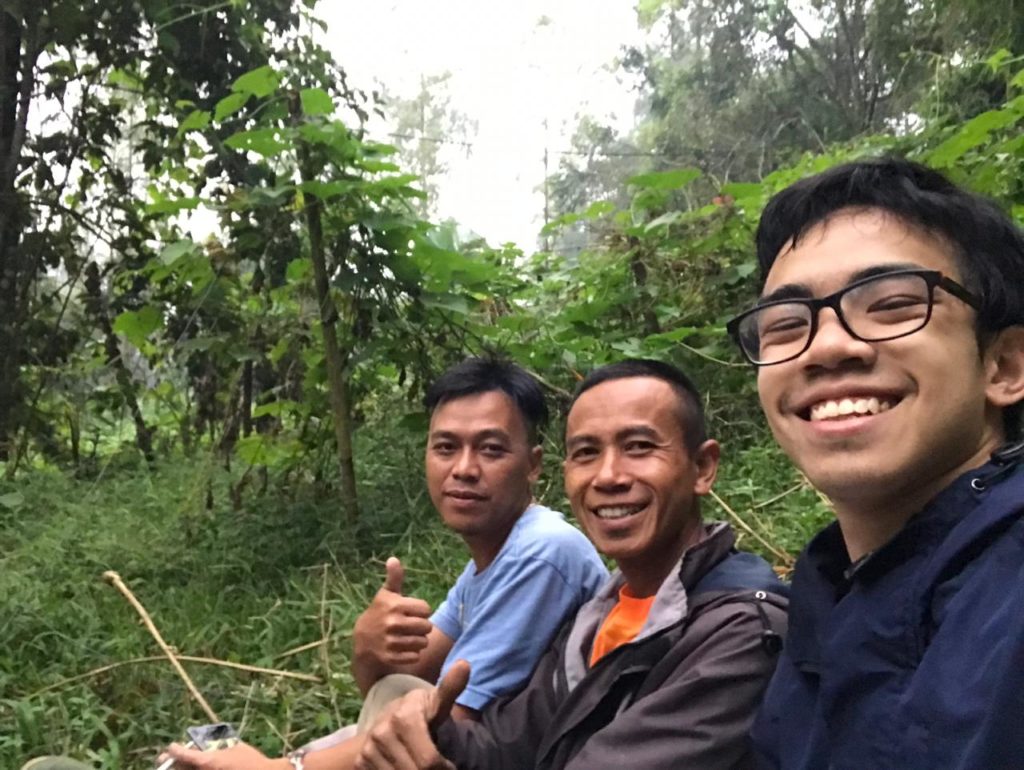
Introduction
Nowadays, natural resources continue to deplete at a rapid rate. This is caused by the inability to manage these resources wisely and sustainably. Forest natural resources are no exception. With overexploitation of wood resources, along with further expansion of palm oil fields resulting in deforestation, it’s only a matter of time until we lose all access to our natural resources, despite our efforts to bring them back.
The role of biodiversity
What about the biodiversity in these forests? Do they count as natural resources? It depends on how you see them. Most people see them as unimportant and merely trivial according to the other resources such as wood and food. However, these people don’t realize that these animals play an important role(s) in ecology. Let’s take an example of tigers (Panthera tigris). Tigers, as we all know, are at the top of the food chain. Their prey includes deer, wild pigs, and many other small mammals. Wild pigs, for example, are considered pests by farmers whose crops are planted in the forests (implementation of agroforestry). But thanks to the tigers, the population of wild pigs could naturally decrease, giving an advantage to the farmers. Now imagine if the population of tigers decreased. In turn, the population of wild pigs would increase rapidly, costing the farmers their crop fields and plantations.
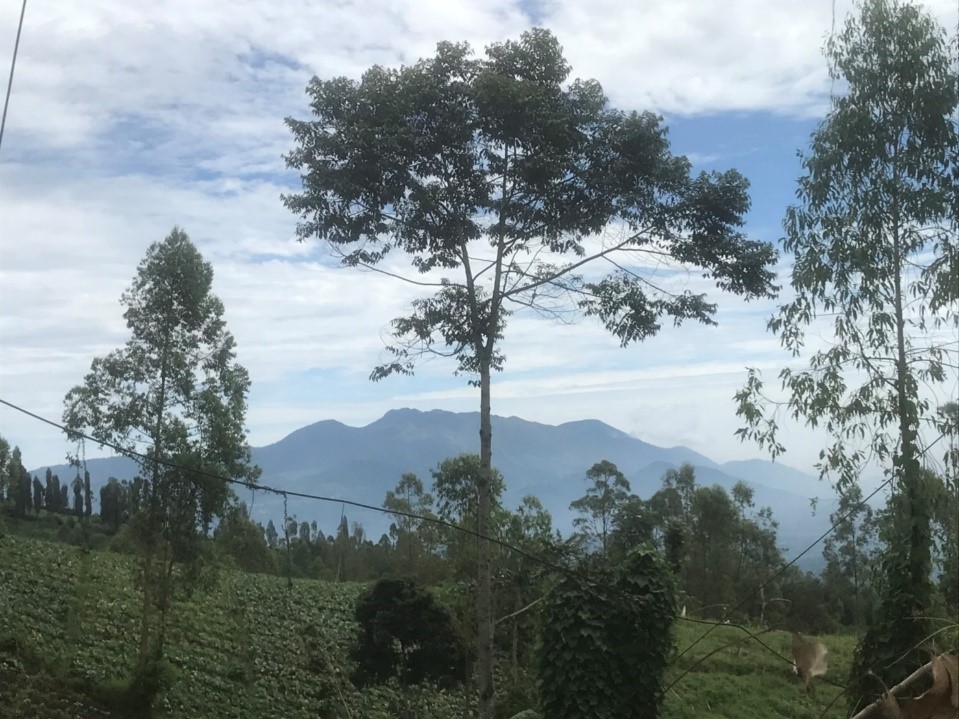
My first experience as forester
That is only basic explanation of how wildlife biodiversity could influence forest ecology and its dynamics. As a forestry student, I have learned many things over the past three years, including animal and plant taxonomy, forest ecology, silviculture, landscape management, and even ecological thermodynamics. I have also done field practice many times, mainly to learn furthermore about forestry and it’s real life application. But this is probably the first time that I have done forestry work outside my normal routine and curriculum.
Why I volunteered at LFP
I volunteered at Little Fireface Project (LFP), because I decided that it was time that I stepped out of my comfort zone. Even more than that, I figured it’s time that I learned more about forestry in the outside world. And what better way to learn about forestry than in conservation? I am passionate about wildlife biodiversity, especially, and I thought this was the perfect opportunity. Unfortunately, I could only stay here for three weeks. At first I intended it to be for one whole month, but since I am still a senior at college and am currently still working on my thesis, then I had no choice but to minimize the duration of my stay here. And so I aimed to get as much experience and knowledge that I could for that relatively short amount of time.
Lorises
Personally, I have barely heard of this slow loris species, other than the fact that they are, well, slow (hehe). At first, I honestly thought that the role of this species was not as significant compared to other species in that region, such as civets and deers. But the more I spent my time here, the more I know about the importance of slow lorises in forest ecology, moreover their importance in human lives. They’re more than just cute, nocturnal, arboreal critters with big eyes. Along with other mammals, they are pollinators, especially for plants such as coffee (which is a big commodity here). This, of course, benefits the farmers so that they may gain more coffee plants with help from slow lorises and other mammals such as civets and bats that are seed disperser and pollinators. Truly amazing.
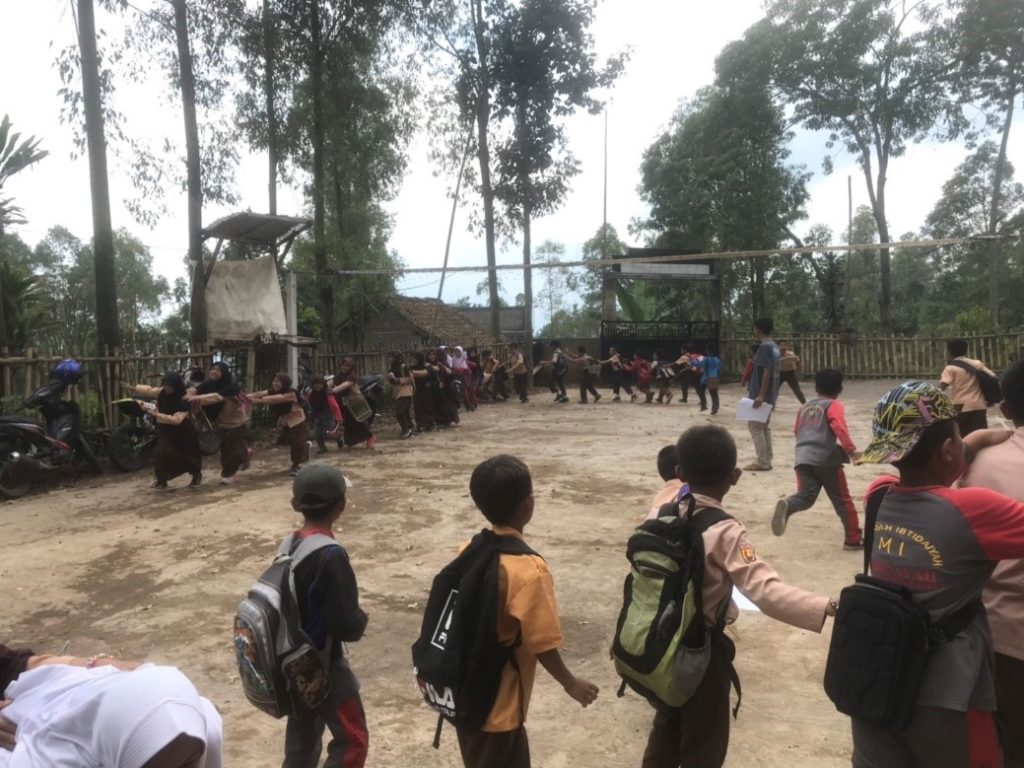
My activities at LFP
My activities included the normal slow loris observation at night, camera traps installment, sleepsite observation, and even nature club— Saturday class activities for elementary school students where we educate them on the importance of slow loris and agroforestry. Aside from that, I also help with the organic coffee project and it’s effect on local animals such as birds, mammals and insects. Considering I have experience in birdwatching and collecting insects, at least I could put that knowledge to good use.
My favourite experience
The slow loris observations are probably what I enjoyed the most, although it can be quite boring at times, waiting for them to come out. But only then can I see a real life slow loris in the wild, other than in captivity. It can also prove to be quite challenging at times, because you can’t really see what they’re doing due to the darkness. All of these experiences are very new to me, I’ve never done any of this before. I know certain techniques to observe animals, but I never knew they were this complicated. I’ve seen a camera trap and know it’s function, but I’ve never learned how to operate one until now. And I’ve never known what a sleepsite is until now too.
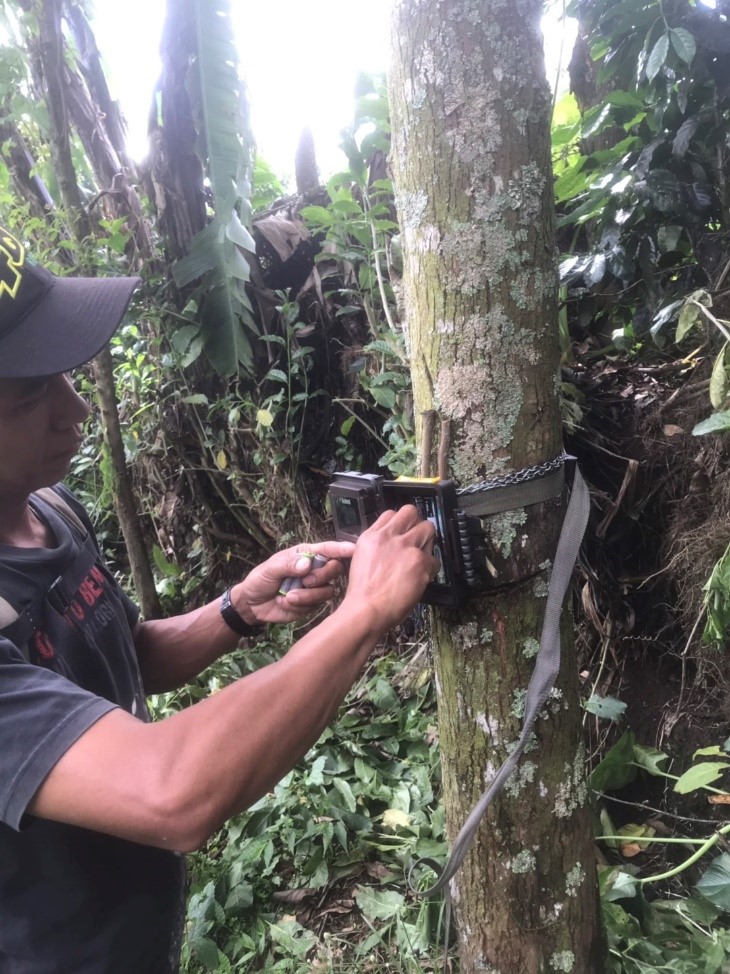
An amazing volunteering experience
There were so many things that I’ve learned over the past three weeks. I always thought that the world of forestry and it’s professional opportunities are pretty vast, but I never imagined them to be this vast. I have learned so much, and I wish I could learn more, because I feel like I have barely scratched the surface here. Unfortunately, my time here is limited. Three weeks can be considered a short time compared to the knowledge I want to learn. But at least, this has given me a new perspective about forestry. Furthermore, it has encouraged me to learn more about conservation of wildlife. Because it’s not just about me or you, it’s about all of us. Not only humans, but plants and animals too.
See you soon LFP team
I am very grateful for this opportunity, and I would like to thank Little Fireface Project for providing me with it. I really wish I could learn more and be of more value. Thank you so much for making me a part of your mission to uphold conservation. Hopefully, I can come back here one day. But until then, I have other responsibilities to take care of. Thank you very much. Until next time.
DIVA ALFIRMAN

